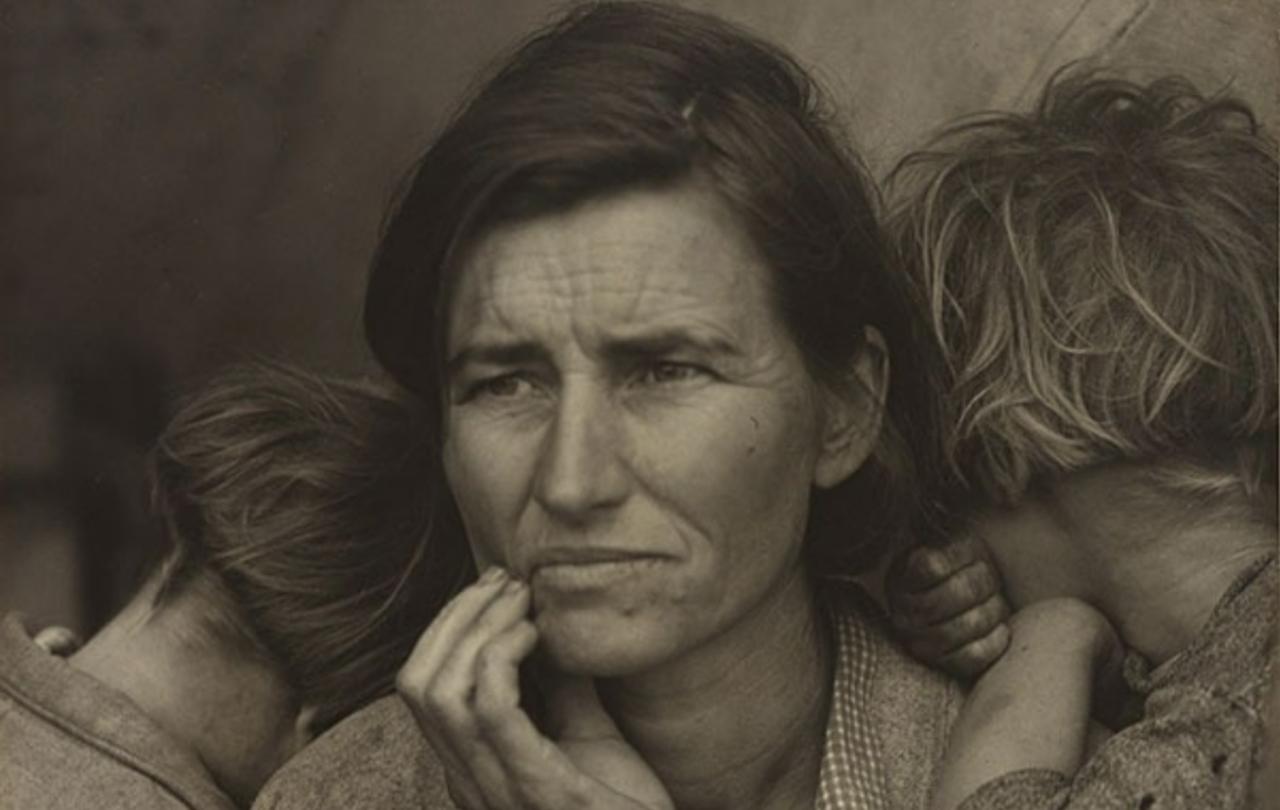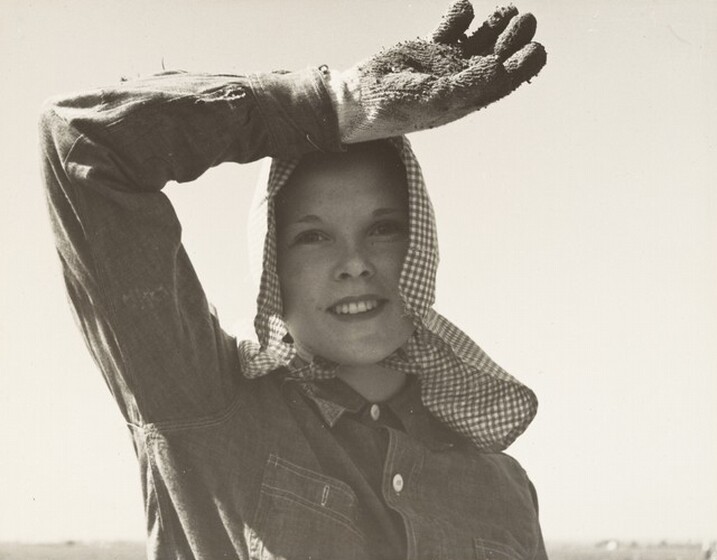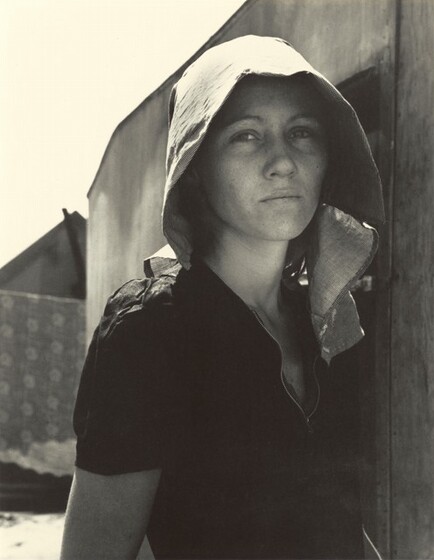
When I was a 22-year-old undergraduate my mother died quite suddenly. I can't remember the name of the undertakers we used, nor the chaplain who took her funeral. I can no longer visualise what any of their faces looked like. I know I visited the chaplain’s house to plan the funeral, but I can't remember exactly where that house was. What sticks is that the day of the funeral was a sultry summer's day, and both the chaplain and the undertakers smelt of perspiration. To this day there are moments where I catch that same whiff of man-sweat in some other location, and for a fleeting second, I am a bewildered 22-year-old once more.
Here is another memory. I attended a tiny, rural Church of England primary school in the middle of England. At the end of each school year, all of us donned our little Wellington boots, which smelt faintly of slurry (since this was dairy-farming country) and sweaty feet. Then we lined up in a crocodile and trudged through the bluebell-wood (damp leaves) and skirted the edge of fields (silage, which stings the nose) covering the mile or so between our school building and the village church.
We would enter the church grounds through the back field, hurrying through an eerily muffled graveyard with tombstones towering far above our heads and the grass disturbingly lumpy beneath our little feet. To the chidings of “Quickly!” and “Quietly!” we children scurried down a gravel path, away from this unsettling place of death, to reach the cool sanctuary of a little church, and the comforting smells (for me, at least) of damp stone and dusty hymnbooks.
Others may not have the same associations, but for me the smell of dust and damp stone will always cry “safety!” and the reassurance that “there are no ghosts in here!” in contrast to that troubling graveyard. From death to life. Yet, at the same time, getting stuck with my nose close to some man’s whiffy armpit on the Tube will forever insinuate that I am just a child pretending to be a grown-up, out of my depth, overwhelmed with one thousand decisions to make (“What flowers do you want for her coffin?”) and no-one to advise. In the midst of life, death again.
On reflection I will know that my emotions are being manipulated by my nose, in ways which are more or less than helpful depending on the circumstances.
Of course, I am not 22 years old and lost anymore, no matter what that man’s armpit tries to tell me. My rational mind knows better, but my rational mind doesn’t get a say – or doesn’t get the first say anyway. This is because smell is the only one of our senses that bypasses the thalamus (the brain’s ‘filtering gate’ that decides which part of the brain needs to respond to sensory input) and goes straight to the limbic system, where emotional memory is stored.
Sometimes it is very obvious that this is taking place, such as in the examples given above. On reflection I will know that my emotions are being manipulated by my nose, in ways which are more or less than helpful depending on the circumstances. But it can happen in more subtle ways too. Supermarkets infamously pump out smells to influence our buying choices, and we’re trying to sell our house right now, so we’ve been brewing a whole lot more coffee than we ever usually would.
Intriguingly, scientists don’t really know why the human sense of smell jumps the queue when it comes to cognitive processing. There are biological theories, such as that the smell of predator could wake up our ancestors while they were sleeping and/or could allow them to follow a scent trail quickly when fleeing danger or seeking food. There are social theories too, such as that we don’t have a lot of good words to describe smells, so the brain just doesn’t bother trying to analyse them. Whatever the truth of the matter, the reality is that (whether we like it or not) our noses are an emotional trip-hazard.
When I walk through those great oak doors there is a moment, a glitch in the matrix, when the unmistakable smell of church hits my nose. Dust, damp… a little hint of mouse.
I can’t help wondering what this tells me about my religious practice. Do I go to church because I have made a cognitive decision to worship God each Sunday? Or do I go to church because I am following my nose, getting away from a world full of armpits and responsibilities to a place where I am a seven-year-old girl, all gingham dress and wellies, feeling safe. If so, does it matter?
Truth is, my mind can give me a dozen reasons not to go to church every single week. In fact, two dozen reasons. More. It has always been a busy week; I’m always behind on work. The house always needs a sort out and the car is never washed. But because certain congregation members are normally counting on me for certain things, and because I’m still pretending to be a grown up, I typically drag myself out the door, and off to church I go.
And week on week, without fail, when I walk through those great oak doors there is a moment, a glitch in the matrix, when the unmistakable smell of church hits my nose. Dust, damp… a little hint of mouse. My body registers this before my mind; my shoulders drop a little of their tension. Even if it’s just for a fleeting moment, I start to feel that I know for sure what is absolutely real in my life and what is just pretend.
Is this knowledge irrational – since it doesn’t come from the cognitive part of my mind? Or is there a God who knows that the cognitive part of my mind sometimes tells me all sorts of untrue and unhelpful things. Is there a God who is choosing to reach out to me in more subtle, more ancient ways?
I can only wonder if I have been following my nose all this time, without even noticing. Drawn along by an ancient scent trail that leads me time and time again…this way…and that way…until I reach a place where there is safety, and bread.










